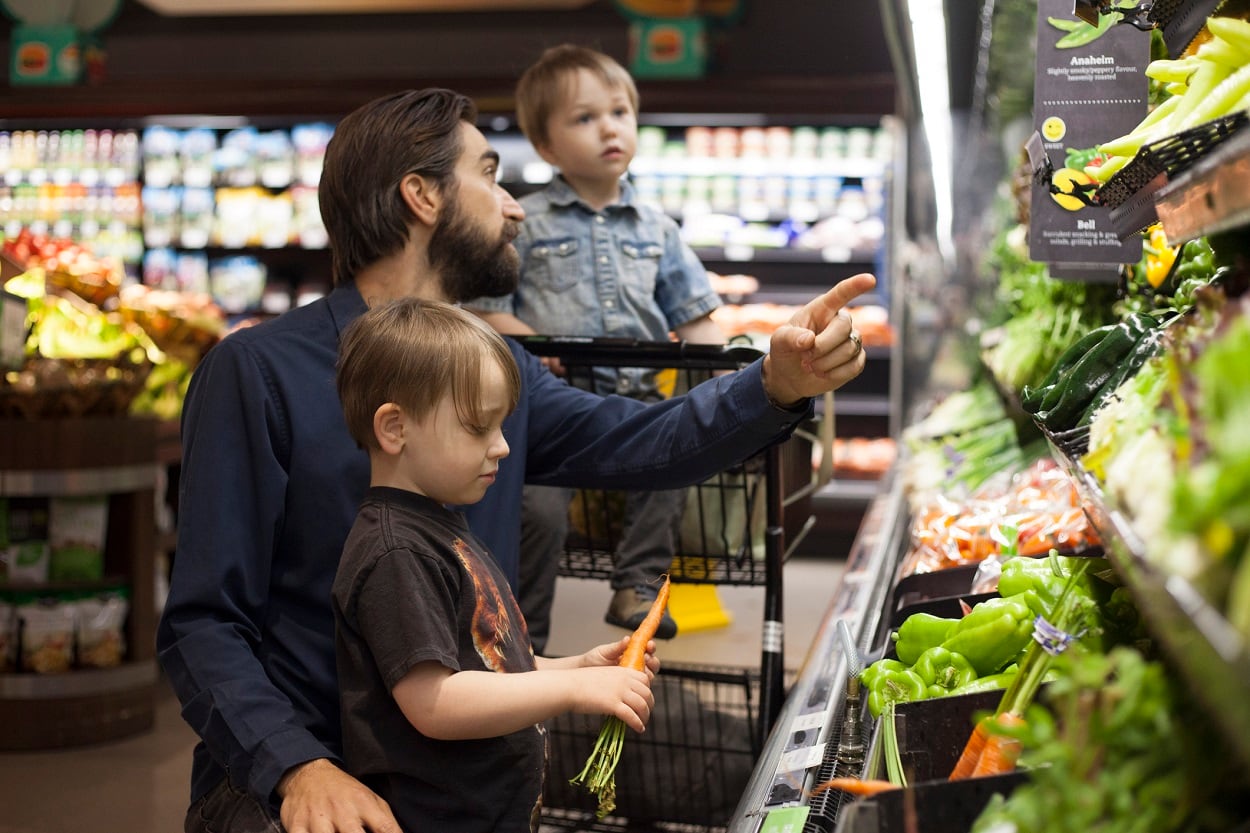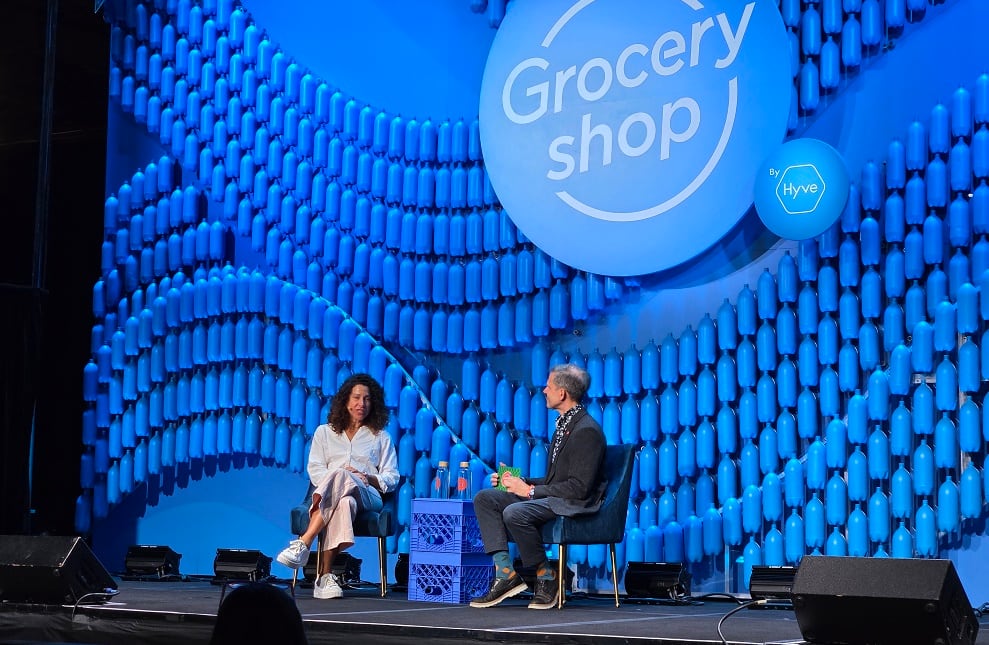Consumers increasingly are cautious as they navigate economic uncertainty, fast-changing nutritional advice and new paths to purchase, forcing grocery retailers and packaged food brands to rethink how they connect with shoppers to regain, maintain or increase market share, according to new research from NielsenIQ.
Based on NielsenIQ’s recently published Consumer Outlook Guide to 2026, price, convenience and ingredient transparency or perceived healthfulness will emerge as key purchase triggers in the new year, NIQ Managing Director of Snacking & Beverages Jennie Bell said last week at Groceryshop in Las Vegas.
Among these, she predicts, price will be most prominent – influencing both where consumers shop and what they buy.
“Consumers are done with price increases,” said Bell, noting that even though CPG inflation cooled month-over-month from early 2023 into 2024, it remained high and began to tick back up by 0.3% from May 2024 to May 2025. As a result, NIQ estimates, consumers spent 6% more in 2025 than in 2023, which Bell says is the max for many shoppers.
In response, she predicts retailers and manufacturers will begin dropping prices – or at a minimum offer more promotions.
While this will assuage some shoppers, others will see additional reprieve – including by switching channels and retailers in the search for better prices and higher value.
Omnichannel offers ‘easy button’
As important as price is, so too is convenience, which Bell said also will influence where consumers shop.
“They want the easy button,” she said, noting for many that means online shopping and either delivery or in-store pickup.
One place this is playing out is at Walmart+, where Bell says NIQ is seeing “really explosive growth” at a level that is “starting to compete with Amazon.”
Unwilling to cede ground without a fight, Amazon is investing more in fresh food, Bell noted.
“They’ve expanded to more than 1,000 different distribution centers across the US to bring consumers more fresh food,” she said, adding that now when she adds something to her Amazon cart the retailer proactively suggests fresh items to add also.
“They are forcing consumers to drive more awareness and thinking about the convenience play,” she explained. “We are going to see a lot more of that happen as more retailers catch on.”
Private label grows as consumers view it in more positive light
Retailers also will step up their private label offerings as a “loyalty level,” according to NIQ.
“We are seeing a really big growth right now in private label that we anticipate will continue because consumers are looking for those choices that give them that flexibility of spend,” Bell explained.
She noted that sales of Walmart’s Bettergoods private label brand neared $500,000 million in dollar sales with in 2024 with 400 products across culinary experiences, plant-based and “made without” claims. Likewise, NIQ reports, Target’s Good & Gather brand was worth $4 billion in 2024 with more than 2,500 products – half of which were priced under $5. More than one-third of all grocery trips at Target include the retailer’s private label Good & Gather line.
Much of this growth comes from elevated consumer perceptions of private label with many shoppers no longer seeing them as just less expensive but also as “highly substitutable” for branded options, NIQ reports.
Free-from claims and health benefits surge
One place where consumers are willing to spend more is on products they perceive as healthier, which Bell notes is a moving target currently given the current administration’s evolving definition of what will “Make America Healthy Again.”
“We are seeing a lot more free-from claims within snacking,” she explained.
Some of this growth may be related to HHS Secretary Robert F Kennedy, Jr.’s negative characterization of select ingredients, including synthetic dyes, seed oils and other claims with dubious scientific support.
“We are seeing some growth across the perimeter of the store, in places that you would anticipate: fresh foods, vegetables, high-protein items as well,” said Bell, reiterating that while consumers are “focused on price” they still “want to ensure that they are bringing that balance to their everyday spend.”
To seize the potential of this trend, Bell recommended that brands and retailers increase ingredient transparency and “think about reformulation in ways that help your product continue to growth with where we’re going in the regulatory movement.”



